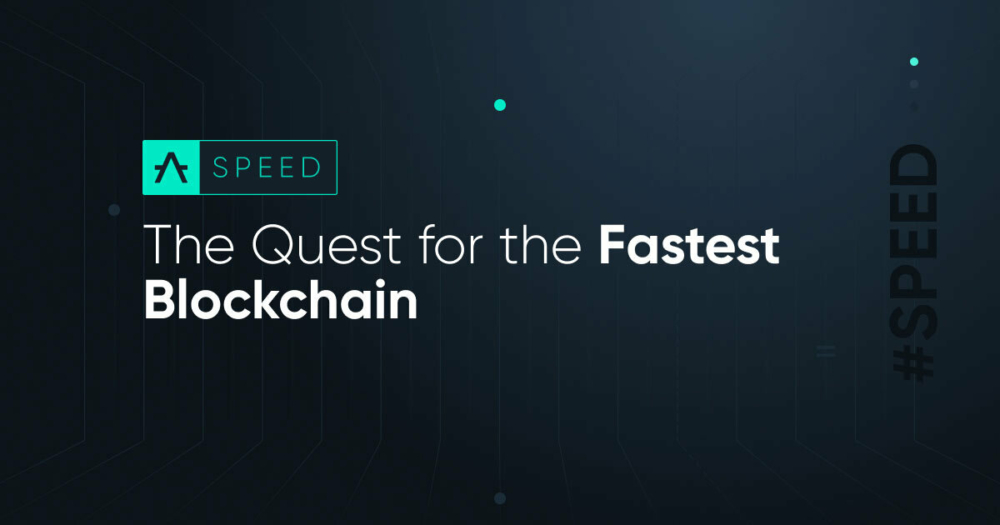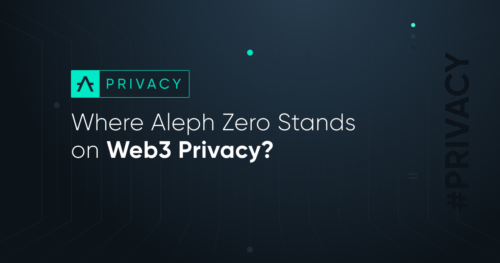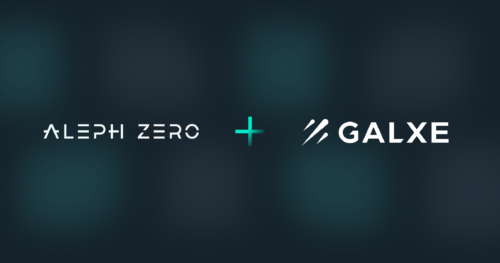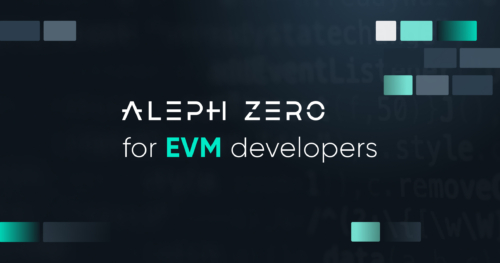The Quest for the Fastest Blockchain
Jan 22, 2024

Blockchain speed can take different shapes and be measured from different perspectives. However, the main outlook in all cases is still to build a fast blockchain network that can handle mass adoption.
This is because of the general understanding of how web3 needs to scale. In order for it to propose a viable alternative to much of the legacy infrastructure in web2, web3 must be able to at least meet the standards that have been set in terms of user experience.
Speed is a key component of that experience. Therefore, much of the conversation around blockchain infrastructure still revolves around building the fastest blockchain. Let’s take a look at what the quest to build this has looked like for the past few years in scalable blockchain development.
The race for blockspace and speed
To start at the beginning we must look into blockspace and its role in defining speed considerations for L1 blockchains. Because of the limited amount of transactions that fit into a block, there are additional speed considerations that go beyond the timeframes of mining any specific one.
Metrics like TPS are relevant only once a transaction is placed into a block. But for all the other application transactions on the network, blockspace becomes an important part of the speed that their users experience. Right now, this is an important scalability concern as there is often a race for blockspace in most networks, especially in times of high congestion.
This is why the approach to scaling blockchain speed taken by major networks in recent years has been to focus on data availability solutions like sharding. This is a practice by which the main blockchain is split into smaller, independent segments called shards. Each shard processes its transactions, enabling parallel processing and improving scalability.
Becoming the fastest blockchain by using layer 2s
Other approaches to scalability have since been delegated to L2 solutions. These are alternative networks that exist on top of the main chain and focus on providing additional blockchain speed and boost L1s on the quest for the fastest blockchain.
Optimistic and ZK Rollups
One of the most recently popular L2 solutions are rollups. These have become a trend, especially during the latest build phase of the market where a lot of research and funding has been allocated into them as a viable way to scale.
Rollups in general are simply a mechanism that batches transactions on a faster but separate chain and then consolidates the information with a main chain. They achieve this by providing verifiable proof of their transaction batches to that destination chain.
Right now, there are two approaches to this type of scaling, optimistic rollups and ZK rollups.
- ZK rollups: continuously add proofs of transactions using ZK technology so that everything that happens on the L2 is verifiable at all times.
- Optimistic Rollups: take an even faster approach where proofs are only produced in the event of a dispute, thus providing a boost in blockchain speed.
Application-specific chains
Then we have a new and modular approach in the form of application-specific chains, or appchains. This has become popular with web3 apps that have unique scalability and require different optimizations than what general purpose L2s can offer.
In appchains, we might see a focus on other aspects of blockchain scalability such as computing power and custom directions depending on specific types of applications. While useful to some, appchains create certain compromises in terms of the composability of web3 in general and can further the fragmentation of the space.
Alternative consensus mechanisms are still relevant
However, despite these batched or modular approaches, consensus mechanism design remains one of the most sound ways to tackle scalability without the need to opt for an additive approach. When we solve the amount of transactions an L1 network can handle at the base level, we eliminate the need for most of these workarounds.
That’s why alternative consensus mechanisms are still the subject of research. Many networks that work on solving this first, including Aleph Zero. They’ve experimented with approaches such as variations on Proof of Work and Proof of Stake as well as others such as Delegated Proof of Stake and Proof of Authority.
On Aleph Zero, the combination of a Proof of Stake consensus mechanism with a Directed Acyclic Graph (DAG) allows Aleph Zero to offer subsecond transaction finality while retaining all of the security benefits of a blockchain. We call this the AlephBFT consensus and it is the practical path on the quest for the fastest blockchain.
Join the Aleph Zero community and tune in to the Aleph Zero podcast to go in-depth and learn more about blockchain speed and scalability.


